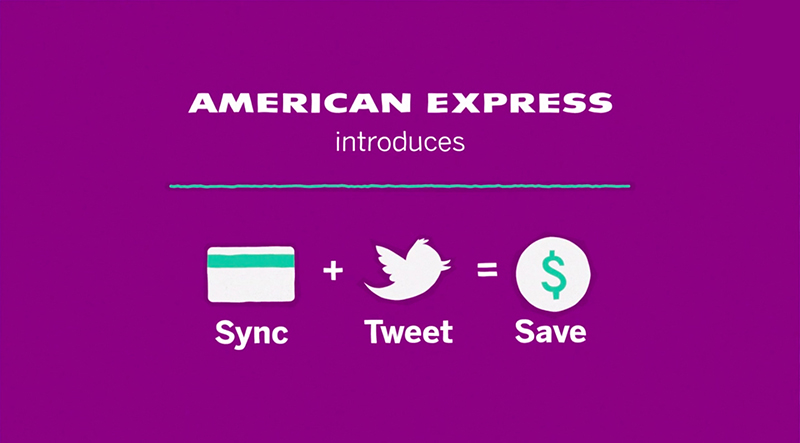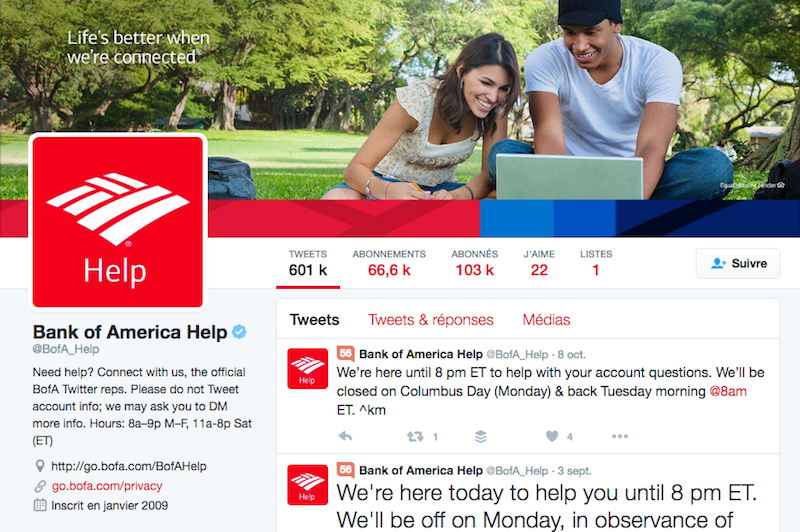Major banks, and the financial sector in general, have always been a little more conservative when it comes to utilising new and exciting technologies. There are a variety of reasons for this; some entirely understandable, others annoyingly avoidable.
Firstly, the reality of new technologies is that they are relatively untested. By their very definition they haven’t been around long enough to have been thoroughly experimented with and examined. When you’re an industry dealing with such confidential information as people’s finances, the risks of jumping too early onto new technology are great.
On top of the security concerns, banks also have a host of other hurdles to jump over when it comes to the adoption of new technologies. There are rigorous government and industry regulations for every aspect of the finance sector, meaning any move into new territory is met with a horde of external eyes looking over a bank’s shoulder, ensuring everything is above board.
Then there is the base truth that banks are conservative, traditional institutions anyway (no doubt a culture that has been formed from decades of the aforementioned regulation and security issues). It’s never really been in their best interests to impulsively jump onto new trends in the past, so why should they start now?
Why start now? Because the times, they are a-changin’.
Never before in history has the rate of technological innovation been quicker than it is right now. ‘Any sufficiently advanced technology’, Arthur C. Clarke wrote, ‘is indistinguishable from magic’. If you showed a smartphone of today to someone who’d spent 20 years in a cave, it would seem exactly that; magic. You’ve got the entirety of human knowledge sitting in your pocket, accessible on a crystal clear touchscreen that also doubles as a camera, credit card and TV.
What does this mean for banks? It means that they need to up their game when it comes to adopting new ways of doing things. New technologies are becoming normalised quicker than ever before. If you delay in embracing new tech, your bottom line could be irreversibly damaged.
The Social Media Puzzle

Social media is the perfect personification of this rapid normalisation. As late as 2006, social media was a fun curiosity; simply a novel approach to networking. Just 5 years later, it had become an integral part of most people’s lives, and was being used by all manner of organisations to drive their business.
Social media almost represents the antithesis of what banks and financial corporations have historically been about. Where banks are focussed on privacy, security and discretion, social media is the exact opposite; public, unprotected and ostentatious. While ignorance may have been bliss for banks in the early days of social media, the sensational traction that the phenomenon has gained over the years has now made it unavoidable for these major corporations. They have to find a way to marry their inherent limitations with the loud and proud world of social media.
And some are doing it better than others.
Which Are the Best Financial Institutions? And Why?
There are four major areas that banks and financial institutions have begun to experiment in when it comes to social media. Here are those four areas, and who in the finance industry are doing them best.
1) Marketing
When it comes to marketing, nothing quite competes with social media. We offer up so much information to the likes of Facebook, Twitter and LinkedIn – both on our profiles, and through what we click – that these platforms have an incredibly deep understanding of what each user is looking for. To ignore the marketing riches available on social media these days is almost an organisational death sentence.
American Express has been a pioneer in social media marketing for financial institutions. Way back in 2011 they introduced social syncing technology to their cards, allowing users to link their social accounts with their American Express accounts, and get personalised promotional deals based on their interests. Amex ended up winning a host of awards for the innovation, which has been copied endlessly since.

2) Brand Awareness
Staying relevant in today’s connected world simply wouldn’t be achievable if you were to ignore social media. More and more banks and financial institutions are realising this, and doing all that they can to get their name up in social media lights.
Goldman Sachs is one financial institution that has jumped wholeheartedly – albeit belatedly – into the world of social media. The organisation’s Twitter account is terrifically active, with content aimed at a broad audience, from the entertaining (talking to Game of Thrones director David Benioff about the logistics of filming) to the more expected (updating on Chinese mergers and acquisitions). They employ an in-house social media team made up of full-time producers with network TV experience in order to keep their brand at the very front and centre of the online stage.

3) Developing New Products and Services
The interplay between an organisation and its clientele made possible by social media can also have huge benefits when it comes to developing new products and services. Customers have a direct line to their bank, and the bank has a direct line to its customers.
One of the more creative innovations of recent years has been made by Barclays. They realised that the lack of credit history that many young people have can be a stumbling block for them being able to kickstart their personal finance journey. So Barclays came up with a novel solution – use a person’s social media accounts to get a gauge on their financial situation. While the technology is still in its infancy (there are obvious hurdles when it comes to security and regulation), it could form the future of lending.

4) Customer Service
With the help of social media, power is very much in the hands of the consumer. If there’s an issue that needs to be resolved, an ever-growing number of consumers expect a real-time response, not content with sitting on the phone for hours on end. They realise that by posting their issue to a financial institution’s social wall, an organisation will be forced to act, for fear of the negative publicity.
Those institutions that recognised this fact early have come out all the better for it. Bank of America has one of the largest Twitter followings in all of the finance sector (spread across multiple accounts such as Tips, News, Help and Careers), and has a Twitter-focussed customer service team to match. Their response time is the best in the business, and as soon as a conversation turns somewhat confidential, they switch to direct messaging. This attention to detail has resulted in Bank of America being an industry leader in social media customer service.

So What Does the Future Hold for Social Media in the Finance Sector?
While the nature of the finance industry will mean that there will always be a lag time in adopting new technologies, certain organisations have been brave enough to act as pioneers in this brave new world. They’ve proven that by getting in on the ground floor, you’ll afford yourself the chance to get well ahead of your competition.
The potential of social media is almost limitless. It just takes courage, and some unorthodox thinking, in order to tap that potential. This may be what separates the successful financial institutions of the near future from the less successful.








